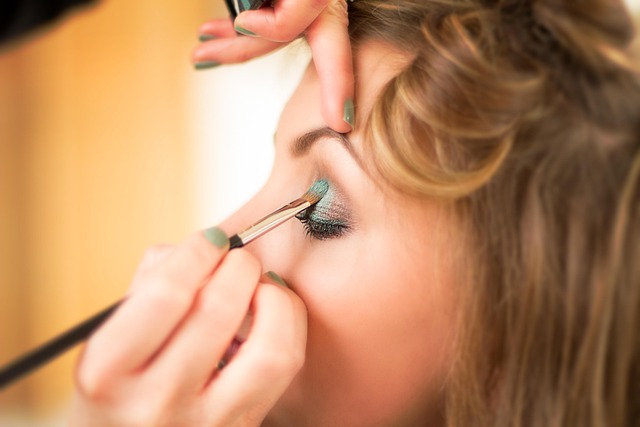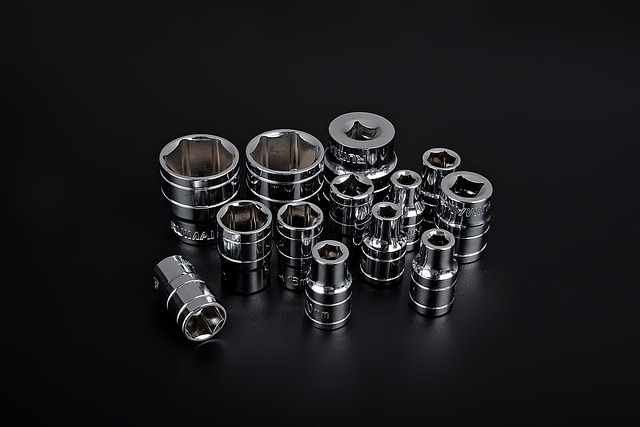Cryotherapy is a DIY skin tag removal method using liquid nitrogen. Home devices offer minute-long sessions for quick results. Professional clinics in Leeds and Blackpool provide safe, controlled treatments. Proper preparation, targeting, and post-care are crucial for success and to avoid infections or severe reactions. Multiple treatments may be needed; results vary.
Looking for a safe, at-home solution for freezing off skin tags? Cryotherapy offers a non-invasive approach to this common concern. This article explores the effectiveness of liquid nitrogen as a cryotherapy skin tag removal method, guiding you through preparation, the procedure itself, and post-treatment care. Discover the safest way to eliminate skin tags from the comfort of your home.
- Understanding Cryotherapy for Skin Tags
- Preparation and Safety Measures
- The Procedure Step-by-Step
- Post-Treatment Care and Results
Understanding Cryotherapy for Skin Tags

Cryotherapy, or cryo removal, is a non-surgical procedure that has gained popularity as one of the safest and most effective methods for skin tag removal at home. This treatment involves freezing the skin tags with liquid nitrogen, which causes them to shrivel and eventually fall off. It’s a quick process, often taking just minutes per session, and can be performed in the comfort of your own home using specialized cryotherapy devices or kits.
For those seeking private skin tag removal options, such as in Leeds or St-Helens, many clinics now offer this service. While it may seem daunting, the procedure is generally well-tolerated, with tips for recovery emphasizing mild discomfort and minimal downtime. Following treatment, it’s crucial to keep the treated area clean and protected, avoiding scratching or touching to ensure optimal healing.
Preparation and Safety Measures

Before attempting cryotherapy as a do-it-yourself method for removing skin tags at home, proper preparation and safety measures are essential. This process involves freezing the skin tags with liquid nitrogen, a procedure best left to qualified professionals in controlled settings like a working skin tag clinic. However, understanding the fundamentals can help guide your at-home approach if you choose this route. Start by thoroughly cleansing the affected area with mild soap and water, then pat it dry. Ensure the skin is not irritated or broken to prevent complications.
Safety is paramount; protective gloves and eyewear are mandatory during the procedure. Use a magnifying glass or mirror for precise targeting as cryotherapy requires accuracy. Keep your hands steady while applying the liquid nitrogen, following recommended guidelines for exposure times. After treatment, care for the area gently by avoiding scratching or picking at scabs that may form. Monitor for signs of infection and seek immediate professional help if severe reactions occur. Remember, while DIY methods can be tempting, consulting with a Leeds or Blackpool skin tag clinic ensures expert handling and minimises risks associated with cryotherapy skin tag removal.
The Procedure Step-by-Step

Freezing off skin tags at home using cryotherapy is a simple yet effective method. Here’s how to do it safely:
1. Preparation: Begin by cleansing and drying the area with a gentle cleanser. This ensures the skin is free from oils and impurities, allowing for better absorption of the cold. Some people also find applying a thin layer of petroleum jelly helps protect the surrounding skin.
2. Cryo Therapy Application: Using a cryotherapy device designed for at-home use, apply the liquid nitrogen probe directly to the skin tag. Maintain contact for approximately 10 seconds. This will instantly freeze the tag, causing it to turn white or purple. It’s normal to feel a sharp coldness and temporary numbness. Repeat this process several times on each side of the tag, making sure not to exceed 10-15 seconds per application.
Post-Treatment Care and Results

After undergoing cryotherapy for skin tag removal, proper post-treatment care is essential to achieve the best results and prevent potential complications. Following your treatment, keep the treated area clean and dry. Avoid touching or picking at the skin tag site, as this can lead to infection or scarring. A mild, fragrance-free moisturizer can be applied to soothe any dryness or irritation but avoid using any aggressive products that may cause further inflammation. It’s crucial to stay hydrated and protect yourself from direct sunlight for a few days post-treatment to support healing and reduce the risk of hyperpigmentation.
Results may vary from person to person, but cryotherapy is generally considered an effective skin tag removal method. In many cases, multiple treatments may be required to completely eliminate skin tags, especially larger or more mature ones. Most patients experience minimal discomfort during treatment, and side effects are usually temporary, including redness, swelling, and mild pain that subside within a few days. Reviews of cryo treatment for skin tags often highlight the non-invasive nature of the procedure, quick recovery time, and high success rates compared to other removal methods available at clinics like those in Gillingham or Newark-on-Trent.
Cryotherapy offers a safe and effective at-home solution for removing skin tags. By understanding the process, taking proper safety precautions, and following the outlined steps, individuals can achieve successful results without professional intervention. This DIY approach to cryotherapy provides a convenient, non-invasive method for eliminating skin tags, ensuring a clearer and more comfortable skin experience.
